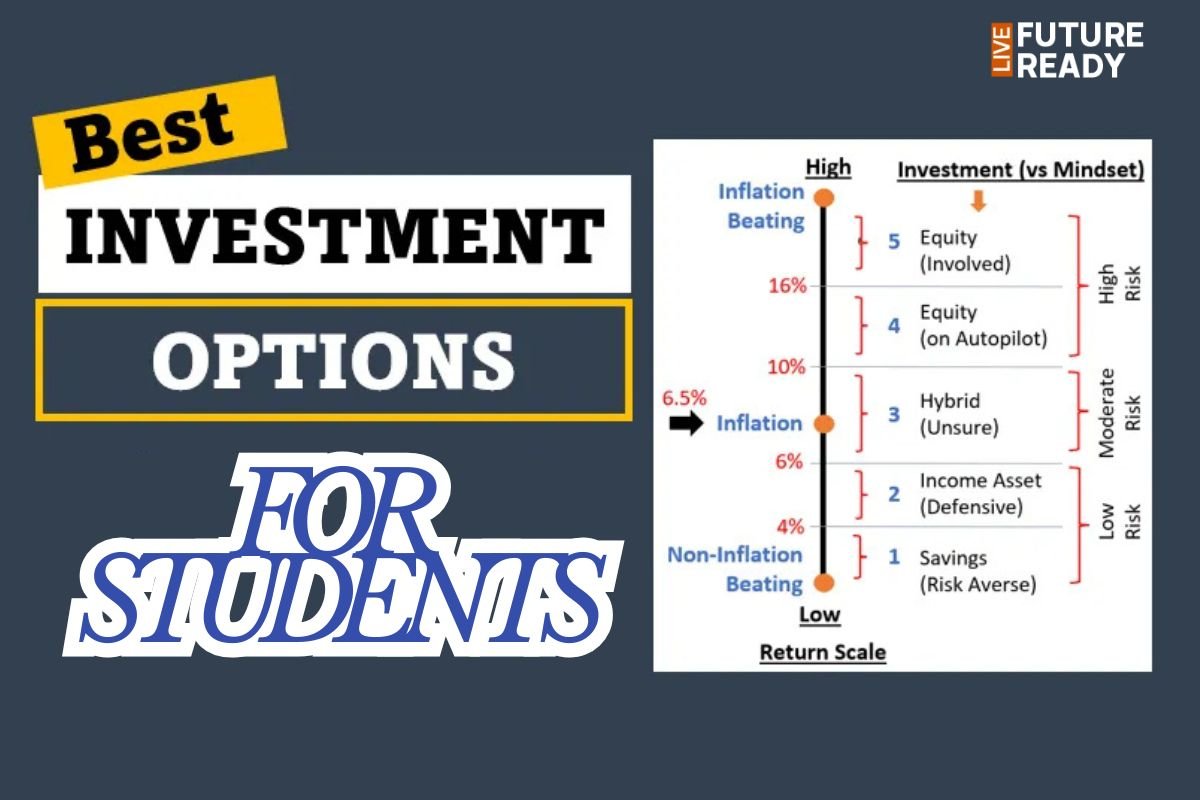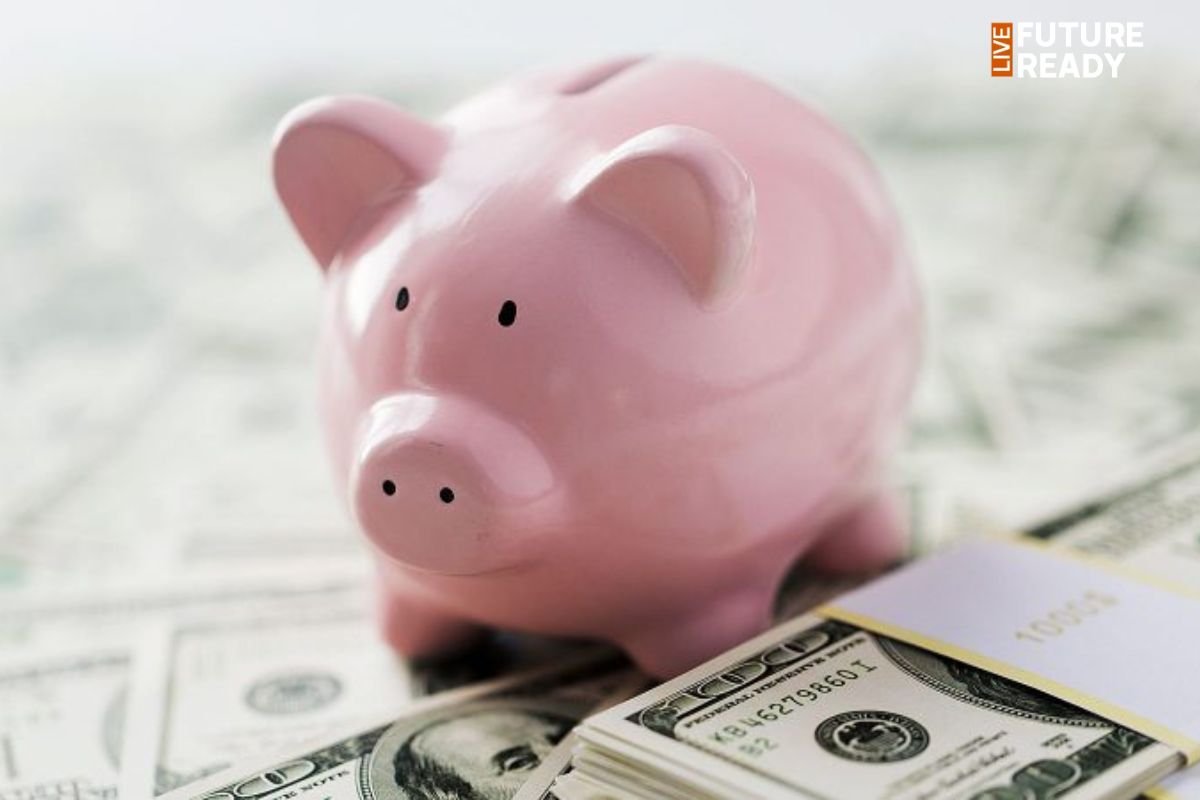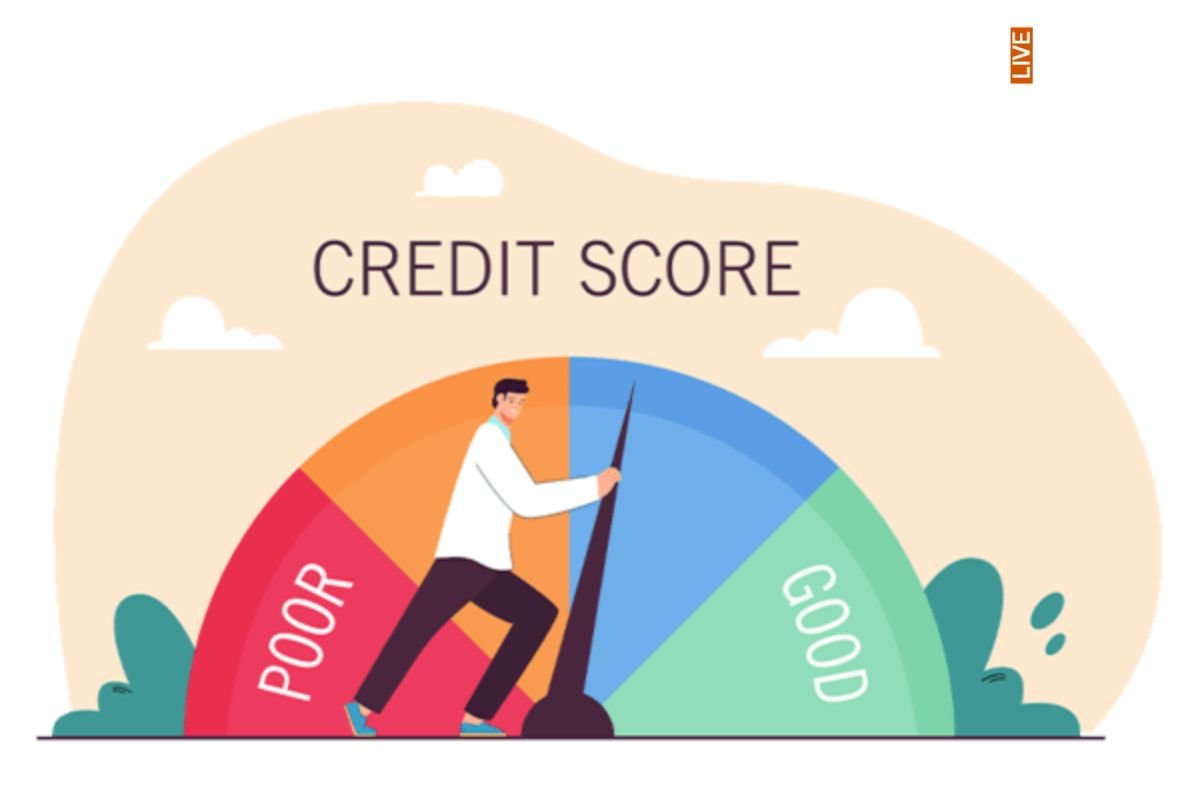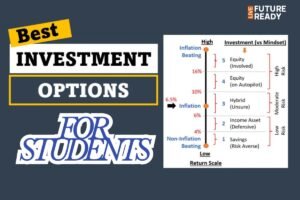Compound interest is one of the most powerful principles in personal finance, driving exponential growth for both savings and investments. Understanding how compound interest works is key to making smart financial decisions and maximizing your wealth over time—whether you’re saving for retirement, building a college fund, or investing for the future.
What is Compound Interest?
Compound interest is interest calculated on the initial principal and also on the accumulated interest of previous periods. In simple terms, your money earns interest; then, that interest itself also earns more interest, creating a snowball effect that accelerates growth.
How Compound Interest Works
Let’s say you deposit $1,000 into a savings account with an annual interest rate of 5%. After one year, you earn $50 in interest, making your balance $1,050. In the second year, you earn interest not just on your original $1,000, but on the full $1,050—resulting in $52.50 interest and a new balance of $1,102.50.
This process repeats each period: each cycle, you earn interest on a higher balance, including all previously accumulated interest.
The Compound Interest Formula
Compound interest can be calculated using this formula:
A=P×(1+rn)n×t
-
A: Final amount
-
P: Principal (initial deposit)
-
r: Annual interest rate (decimal form)
-
n: Number of times interest is compounded per year
-
t: Number of years
The interest earned is:
Compound Interest=A−P
Why Compound Interest Matters
-
Accelerated Savings Growth: The longer your money stays invested or saved, the greater your earnings—thanks to “interest on interest.”
-
Time is Your Best Friend: Starting to save or invest early allows your money more time to compound, leading to much larger returns over decades.
-
Debt Works the Same Way—But Against You: The same compounding principle can make debts (credit cards, loans) grow rapidly if not managed, which is why prompt payments are so important.
Compound Interest vs. Simple Interest
-
Simple Interest: Calculated only on the initial principal.
-
Compound Interest: Calculated on principal plus accumulated interest, producing much higher returns with time.
Example: The Rule of 72
This rule helps estimate how many years it will take for your money to double at a fixed interest rate:
Years to Double=72Annual Interest Rate (%)
For example, if the rate is 6%, it will take 726=12 years.
How to Use Compound Interest for Financial Success
-
Start saving or investing early—small contributions grow big over time.
-
Choose accounts or investments that compound interest frequently (monthly, quarterly, etc.).
-
Reinvest earnings to maximize compounding.
-
Be wary of compound interest on debts—always aim to pay more than the minimum to avoid snowballing negative growth.
Conclusion
Compound interest is often called the “eighth wonder of the world” for good reason: it can make your money work harder for you, multiplying savings and investments exponentially. Understanding—and harnessing—it is a cornerstone of smart, future-ready financial planning.
Read more on our website: Future Ready, your go-to platform for the best educational content and latest updates.
Read More Related Blogs :-




















